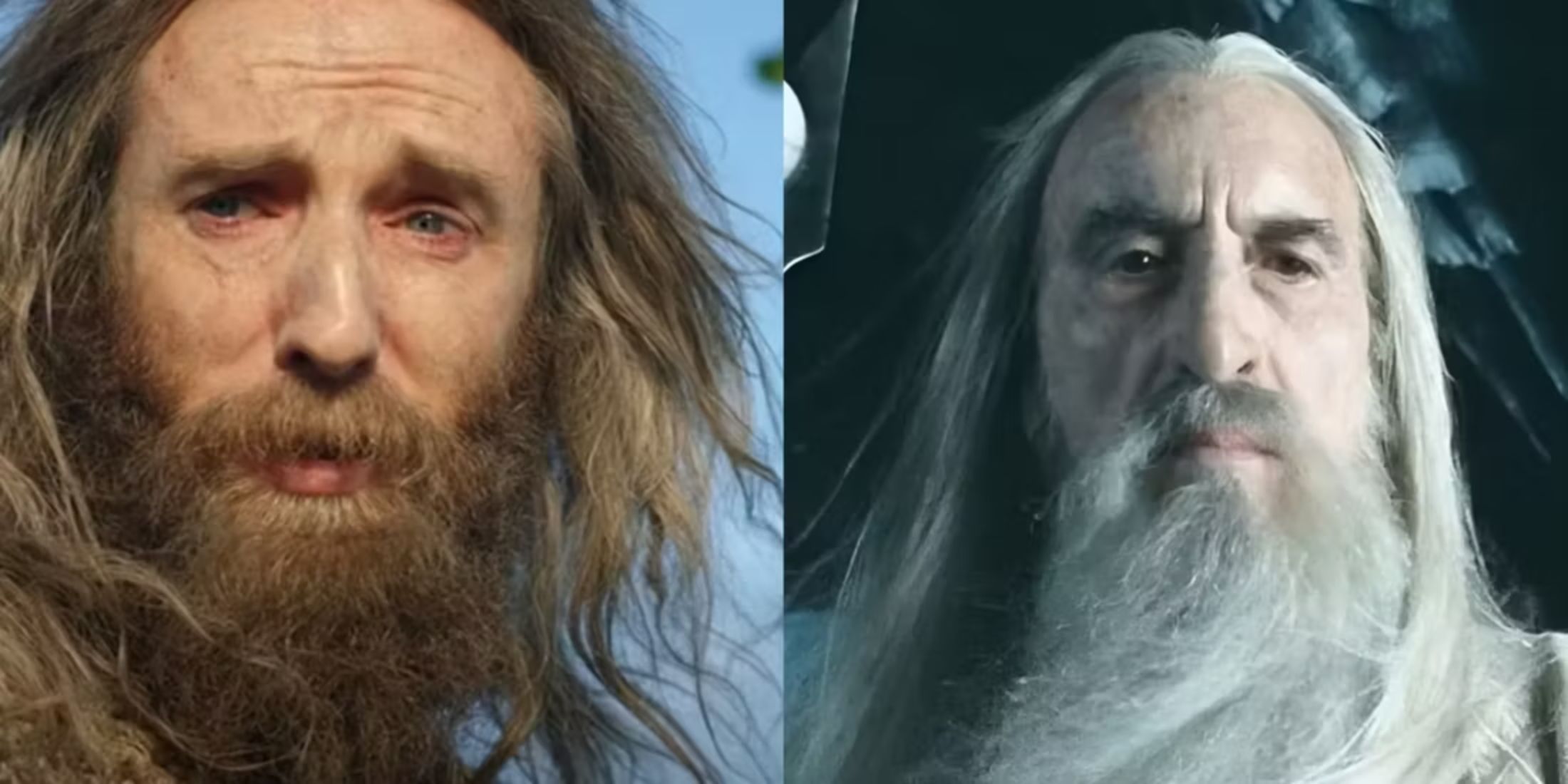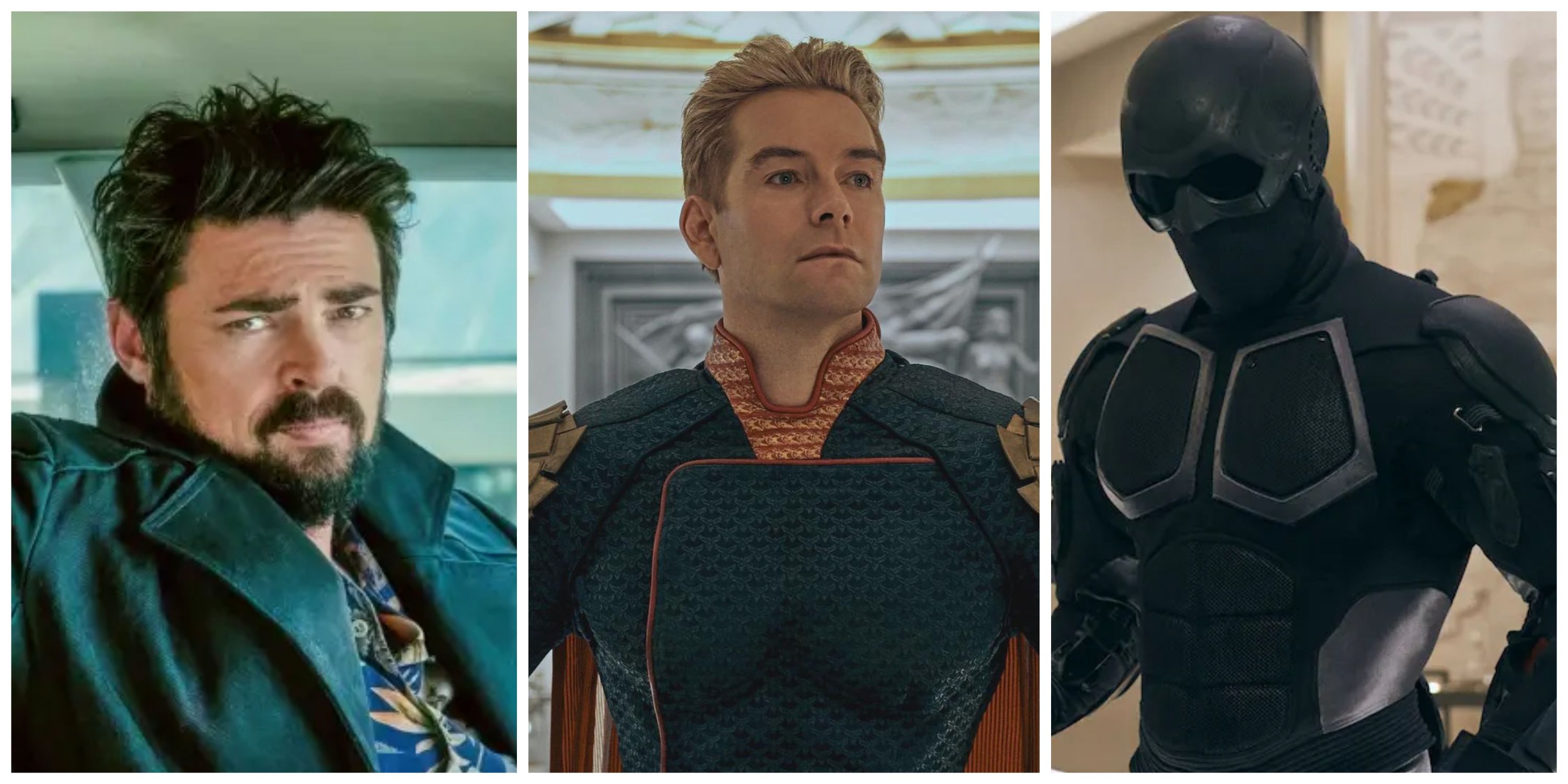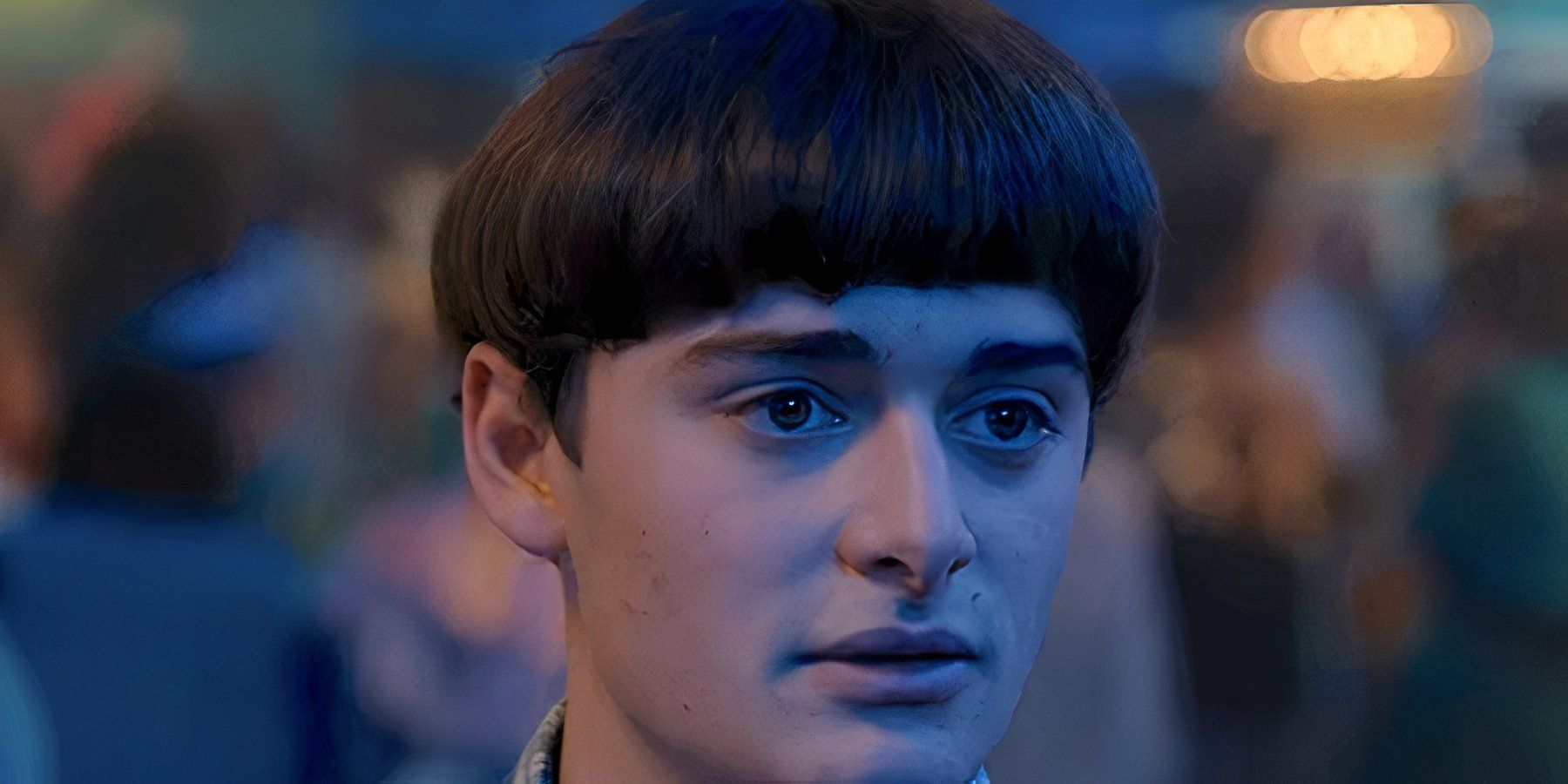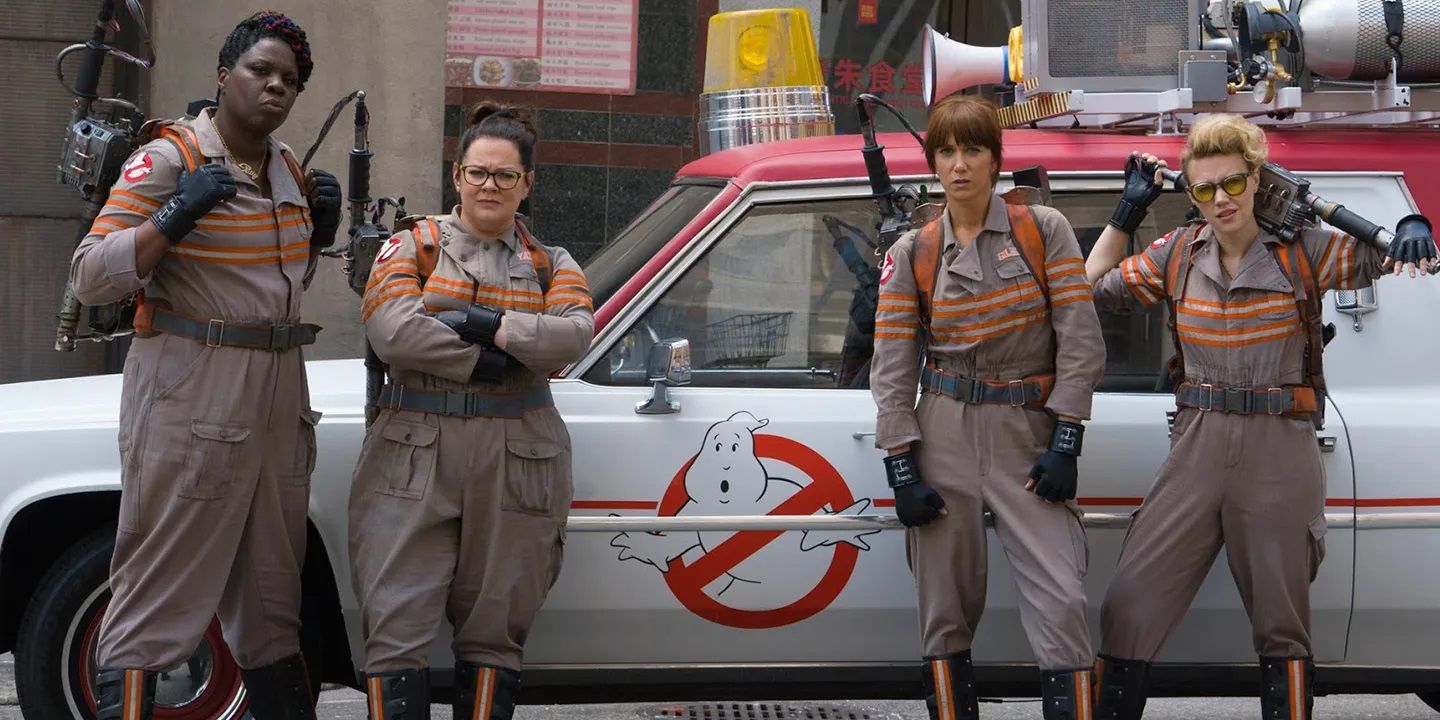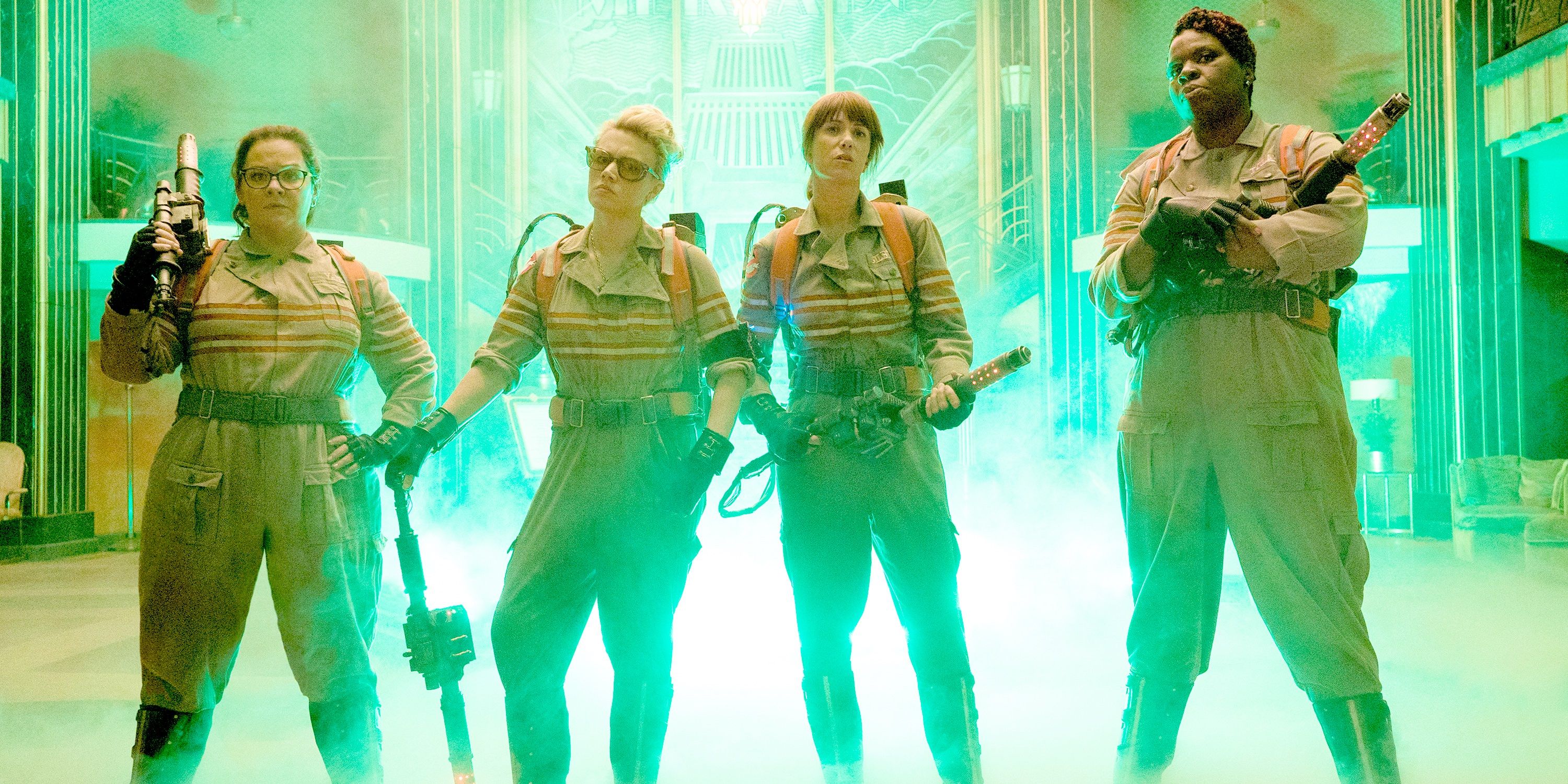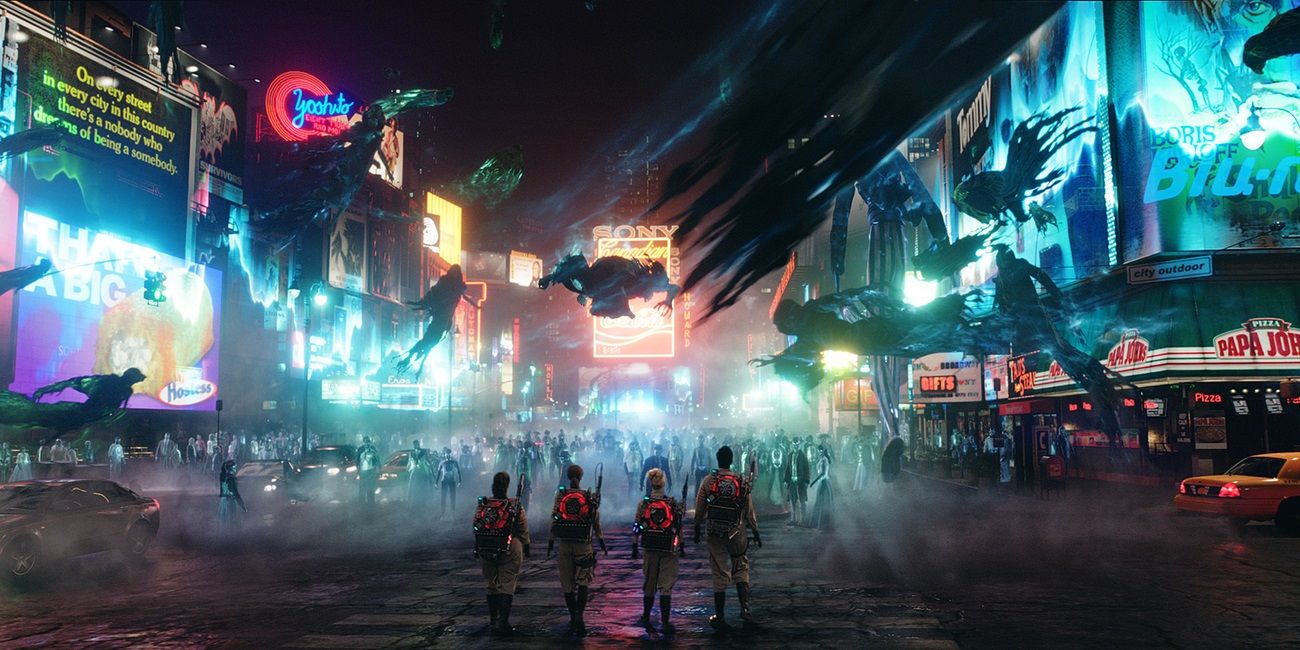Back in 2016, Paul Feig’s Ghostbusters reboot arrived in theaters. The movie had already become a hot-button topic because it attracted an army of sexist trolls who declared it to be terrible before it was even released based on its all-female cast alone. When Ghostbusters actually hit theaters in the summer of 2016, it did turn out to be pretty disappointing, but not because it starred women. Kristen Wiig, Melissa McCarthy, Kate McKinnon, and Leslie Jones are all great in the movie, but their talents are massively underutilized by a script that only has a couple of solid gags and doesn’t add anything new to the Ghostbusters formula, which was already perfected in the original movie.
The premise behind Ghostbusters is so juicy that Sony could turn it into the cash-cow action-comedy franchise it wants so badly, but the 2016 movie went about it the wrong way. Instead of ignoring the other movies and loosely remaking the classic original, Feig’s reboot should’ve followed on from the events of Reitman’s movies and incorporated some of the ideas that had to be cut from Dan Aykroyd’s ambitious original Ghostbusters script.
The screenplay for the original 1984 Ghostbusters movie is credited to Dan Aykroyd and Harold Ramis, but it originated with Aykroyd alone. Inspired by his lifelong fascination with the paranormal, Aykroyd began writing the script that would eventually become Ghostbusters with a darker tone more like a straightforward horror movie and very ambitious visual effects sequences set in outer space that would’ve brought the budget up to around $200 million.
When director Ivan Reitman came aboard, he liked the concept, but didn’t like the extravagant execution because it wasn’t relatable. Reitman brought in Ramis as Aykroyd’s co-writer to bring his ideas back down to Earth and ground the movie as a simple story about three guys going into business together, and the business happens to be ghost-hunting. This relatability is what ultimately made Ghostbusters one of the greatest comedies ever made.
In Aykroyd’s original script, Ghostbusters were as common as exterminators or plumbers. It was a service that people called regularly and there were many competing Ghostbusters teams. This concept could’ve been used in the post-Ghostbusters and Ghostbusters II world of a direct sequel that introduced the new all-female Ghostbusters team as one of many Ghostbusters teams in a modern New York that remembers the Stay Puft Marshmallow Man as its first contact with the paranormal.
It could’ve added a new angle to the familiar premise if Feig’s movie was a direct threequel that also acted as a reboot shifting focus to a new team of Ghostbusters. In this story, Venkman, Stantz, Spengler, and Zeddemore would all be hailed as the original pioneers. The worldbuilding possibilities would be endless if hundreds of Ghostbusters teams had assembled across the world in the years since the first two movies took place. There could even be a Ghostbusters softball league.
In addition to scaling back the premise, Aykroyd also had to cut a lot of lofty intergalactic set pieces from his original script. The 2016 reboot had the nine-figure budget and the VFX technologies to fully explore these big, convoluted set pieces. The budget is arguably one of the reasons the reboot underperformed at the box office. Sony spent $144 million on 2016’s Ghostbusters, which is the kind of budget usually assigned to superhero blockbusters and Michael Bay action movies, not comedies.
There are supernatural elements in Ghostbusters that require visual effects, but they’re ultimately comedies. $229 million is a respectable box office haul for a comedy, but it’s a disappointment for a movie that cost $144 million to make and just as much to market. Really, a Ghostbusters movie should cost no more than $50 million. But as long as Sony was willing to spend $144 million, they might as well have spent it on huge set pieces.
The underperformance of the Ghostbusters reboot is a shame, because Wiig, McCarthy, McKinnon, and Jones are all hilarious and shared terrific on-screen chemistry that warranted sequels. They were just let down by a half-baked script that failed to build on what was already perfected in the original movie. The canceled sequels to the reboot could’ve moved on from the familiar storyline of the first one and explored untouched ideas from Aykroyd’s original draft like competing Ghostbusters teams and celebrity ghosts. Maybe if they’d jumped right into those wild ideas in the first place, the franchise could’ve had a chance. Or it could’ve turned out even worse.
Instead, the Ghostbusters franchise is being rebooted yet again, this time by original director Ivan Reitman’s son Jason Reitman. Since the younger Reitman has helmed such laugh-out-loud gems as Juno and Up in the Air, the new movie – titled Ghostbusters: Afterlife – is in safe hands. Based on the trailers, Afterlife seems to be digging into new stories instead of re-treading old ones, but its nostalgia for the franchise’s iconography is dangerously Force Awakens-esque.
After being delayed three times throughout the COVID-19 pandemic, Ghostbusters: Afterlife is set to finally hit theaters on November 11, 2021.

